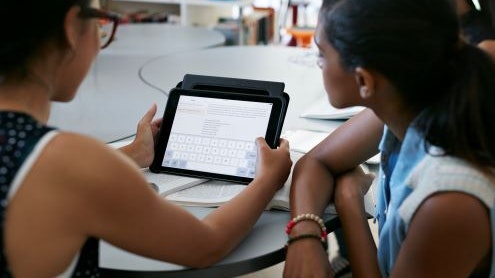Homepage
•
Learning Library
•
Blog
•
Teach students how to read — and understand — digital text
Expand breadcrumbs
Expand breadcrumbs
- Learning Library
- Blog
- Teach students how to read — and understand — digital text
- Homepage
- •
- Learning Library
- •
- Blog
- •
- Teach students how to read — and understand — digital text
Teach students how to read — and understand — digital text
By Jerry Fingal
April 17, 2020








